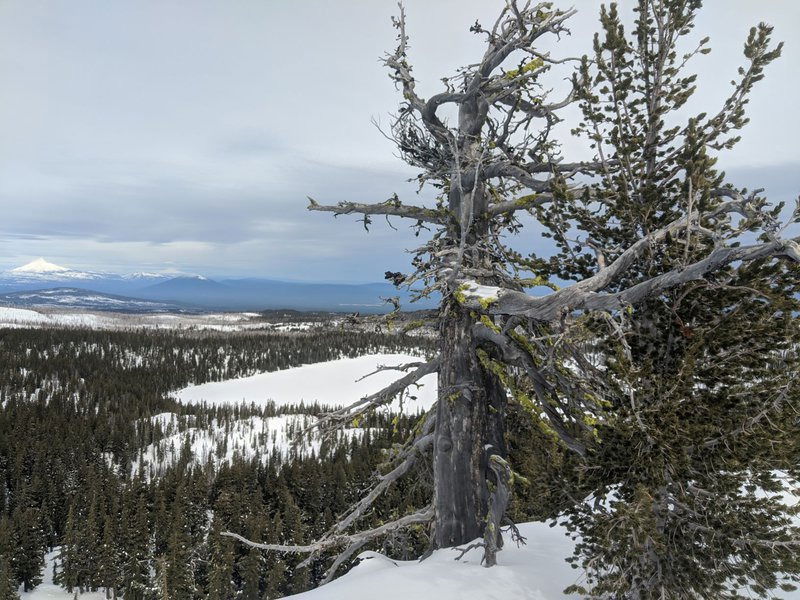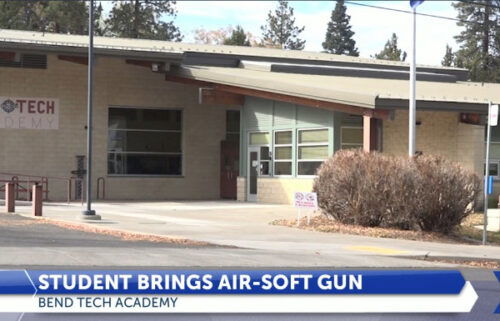US: Mountain pine tree that feeds grizzlies is threatened

BILLINGS, Mont. (AP) — Federal officials say climate change, beetles and a deadly fungus are imperiling the long-term survival of a high-elevation pine tree that's a key source of food for some threatened grizzly bears.
A Fish and Wildlife Service proposal made public Tuesday would protect the whitebark pine tree under the Endangered Species Act.
The trees live up to 1,000 years and are found at elevations up to 12,000 feet, where conditions are too harsh for most trees to survive.
The trees have been all but wiped out in some areas, including the eastern edge of Yellowstone National Park.
Environmentalists started petitioning the government to protect whitebark pines in 2008.
News release from the Center for Biological Diversity:
Whitebark Pine Proposed for Endangered Species Act Protection
Threatened by Disease, Climate Change, Pine Is Most Widespread Tree to Gain Threatened Species Protections
PORTLAND, Ore.— The U.S. Fish and Wildlife Service proposed threatened species protection today for the whitebark pine. The pine occurs at high elevations across seven western states, including Oregon, Washington, California, Idaho, Montana, Wyoming and Nevada, making it the most widely distributed tree to gain protection under the Endangered Species Act.
Considered a keystone species in part because its seeds provide food for grizzly bears and a host of other species, the whitebark pine is rapidly dying from white-pine blister rust, an introduced disease. It’s also severely threatened by climate change, which is fostering extensive outbreaks of mountain pine beetle, which kill the pine, and allowing competing tree species to take over the pine’s high-elevation habitats. This could lead to higher-severity fires.
“Recognition of whitebark pine as a threatened species shows just how profoundly climate change and introduced diseases are changing our world,” said Noah Greenwald, endangered species director at the Center for Biological Diversity. “These beautiful and important trees need our help. I’m relieved they’re getting the strong protections of the Endangered Species Act, because it’s our best tool for stemming the tide of the extinction crisis.”
The pine was unfortunately denied designation of protected critical habitat in today’s rule, based on regulations put in place by the Trump administration last year. These new rules specify that only species where habitat destruction is the primary threat will receive such protection.
But critical habitat could have provided an invaluable tool for saving whitebark pine by identifying the places it’s most likely to survive and providing them with protection from threats like ski areas and other development. It also could have guided restoration towards the most important areas.
“The loss of whitebark pine and its impact on grizzlies and high-elevation forests shows how tightly knit the world is,” said Greenwald. “If we don’t address the extinction crisis by protecting more places, reducing our greenhouse gas emissions and better regulating trade in plants and animals, the natural world and our way of life will unravel before our eyes.”
Loss of whitebark pine formed a primary basis for reversing a 2007 effort to eliminate endangered species protections for grizzly bears in Yellowstone and surrounding areas. Studies since have shown that grizzly bears have been able to maintain weight by shifting to other sources of food, mainly meat. However, this is believed to have caused the bears to run into more conflicts with people when they prey on livestock, and the shift generally occurs mostly in lower-elevation areas.



